Math
Mathematicians at Ross are intentional, flexible, and persistent problem solvers who engage in complex, real-world problems in order to think critically about mathematics in a diverse society. Ross mathematicians value math, take ownership of the problem-solving process and understand the connections of math in the real world to be voices for social justice. Ross mathematics teachers are experts who embrace the identities, abilities and interests of their mathematicians while understanding our changing society to provide rigorous instruction to all students.
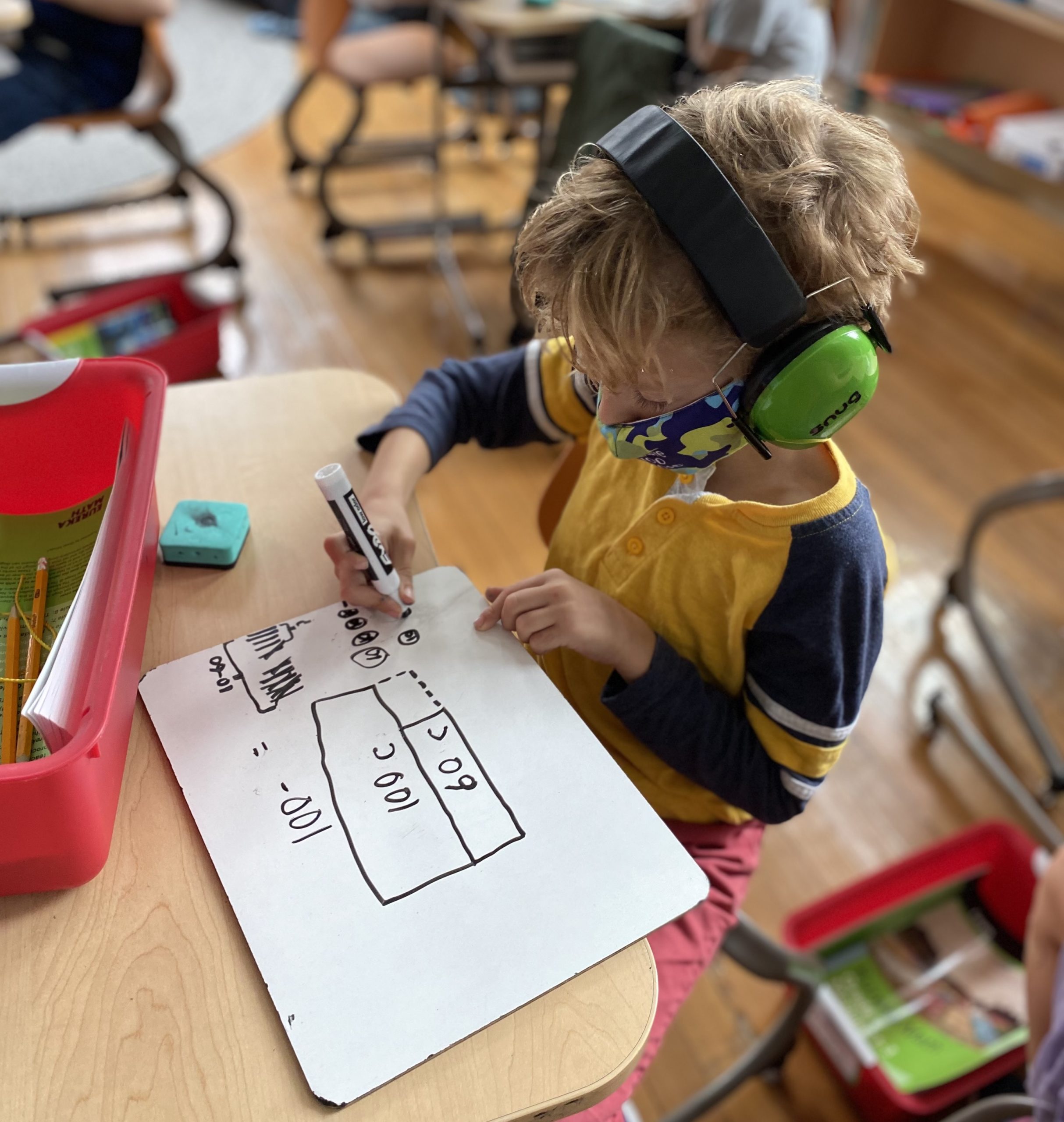
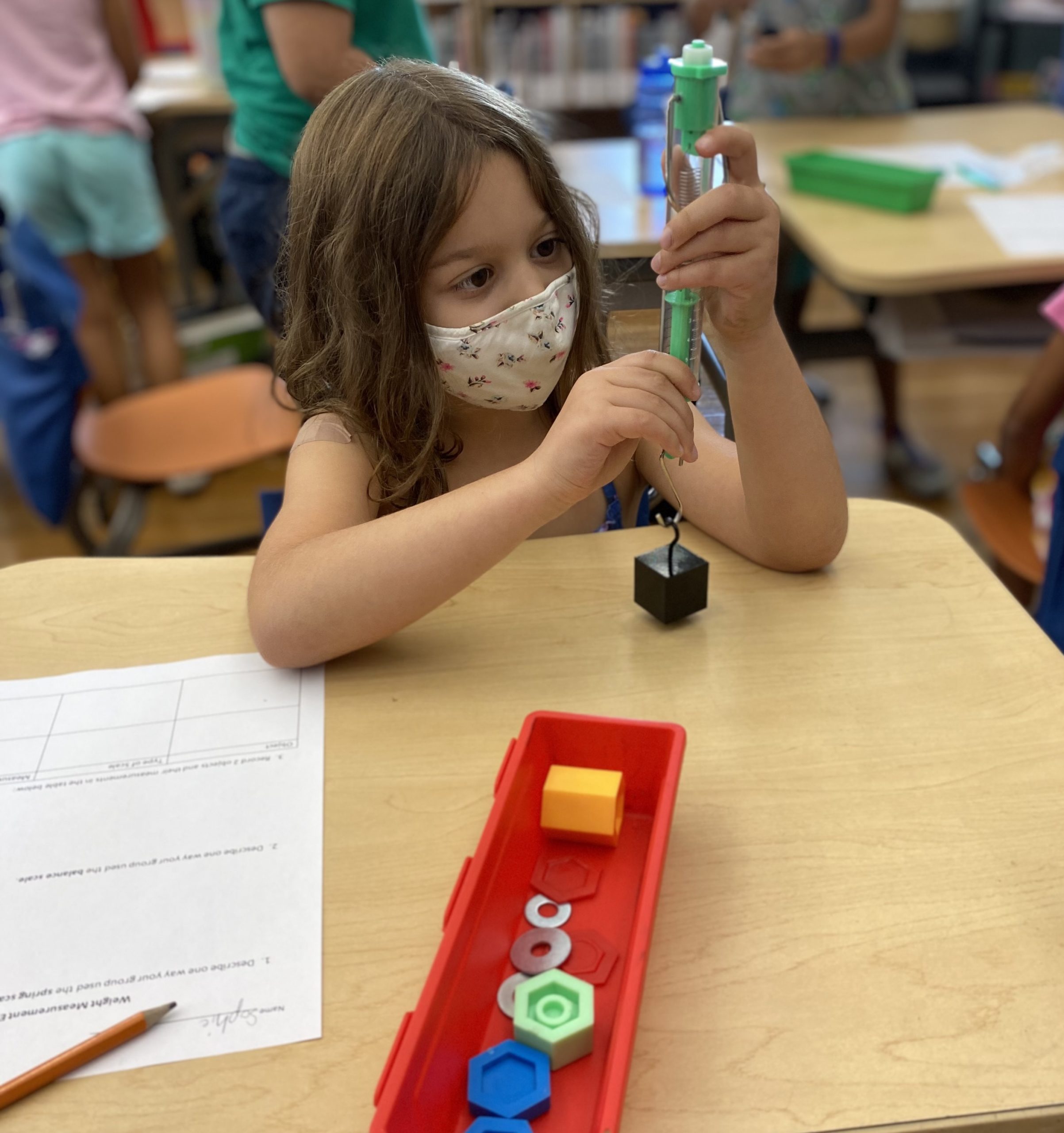
Habits of Ross Mathematicians
- Express their ideas through discourse & visual representations
- Respect and value the ideas and views of others
- Use metacognition
- Persevere through problem solving
- Attend to precision
- Use critical thinking
- Maintain a growth mindset
Habits of Ross Mathematics Teacher
- Maintain high expectations for all learners
- Create a positive, tolerant, respectful classroom climate
- Have a deep understanding of standards (including the grade levels below and above their own)
- Intentionally plan culturally relevant, complex & rigorous instruction
- Include opportunities for collaborative learning
- Use and respond to student data
- Differentiate to meet the needs of all learners
- Maintain a growth mindset
-
Common Core Standards
Common Core State Standards are often referred to as being more rigorous, but what does that really mean?
Rigor refers to deep, authentic command of mathematical concepts, not making math harder or introducing topics at earlier grades. To help students meet the standards, educators will need to pursue, with equal intensity, three aspects of rigor in the major work of each grade: conceptual understanding, procedural skills and fluency, and application.
Conceptual understanding: The standards call for conceptual understanding of key concepts, such as place value and ratios. Students must be able to access concepts from a number of perspectives in order to see math as more than a set of mnemonics or discrete procedures.
Procedural skills and fluency: The standards call for speed and accuracy in calculation. Students must practice core functions, such as single-digit multiplication, in order to have access to more complex concepts and procedures. Fluency must be addressed in the classroom or through supporting materials, as some students might require more practice than others.
Application: The standards call for students to use math in situations that require mathematical knowledge. Correctly applying mathematical knowledge depends on students having a solid conceptual understanding and procedural fluency.
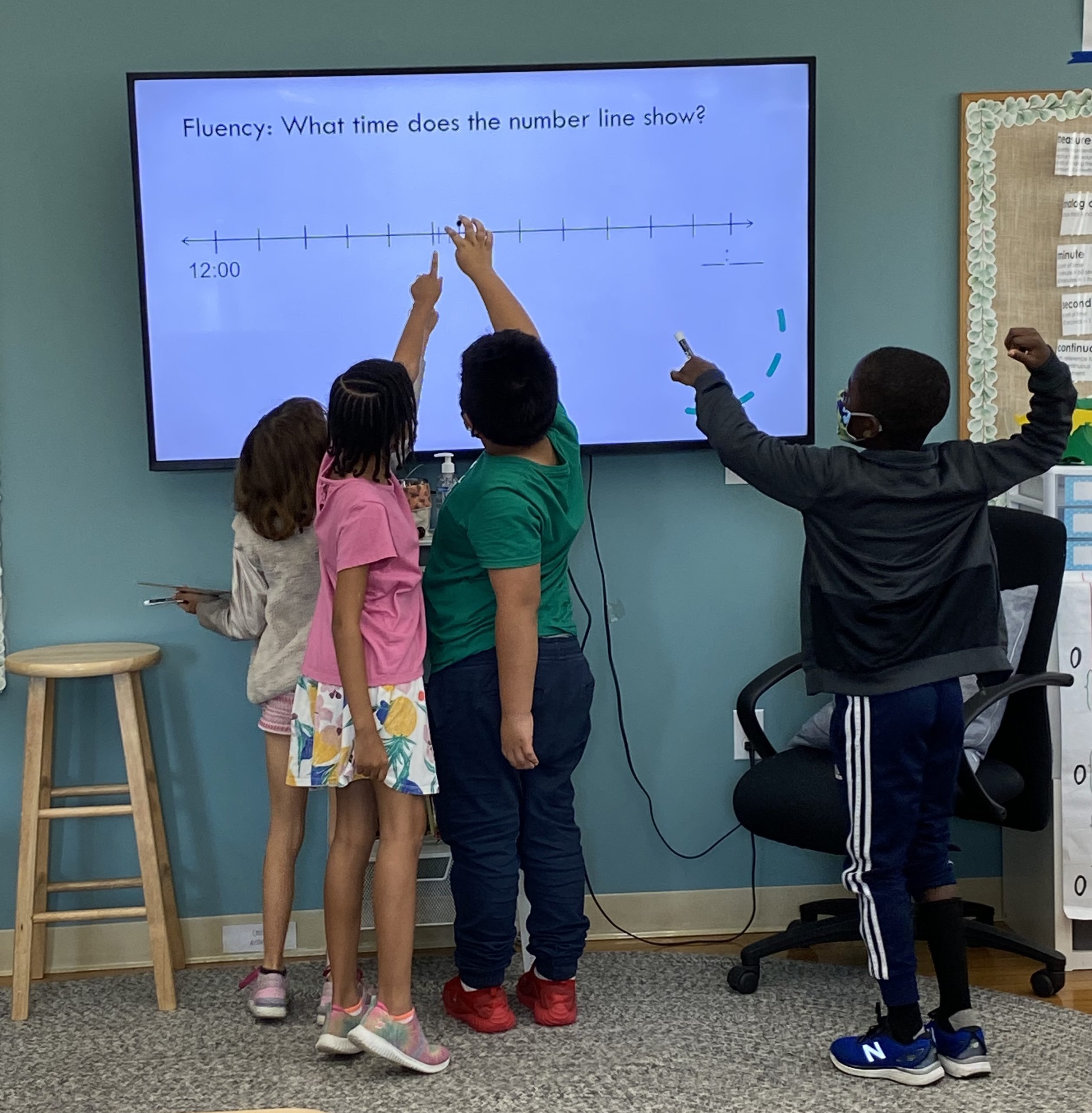
CCSS Domains
Counting & Cardinality (Kindergarten only): deals with knowing the number names and counting sequence, counting objects with 1:1 correspondence, and comparing numbers. You may also see this domain referenced as developing “number sense.” Counting and cardinality is the first step in a conceptual understanding of mathematics that students will need as a strong foundation for mathematical exploration.
Operations & Algebraic Thinking (K-5): The emphasis in this domain is to develop comfort and fluency with the 4 operations (addition, subtraction, multiplication, and division). Students begin to see numbers as tools to identify and represent quantities, relationships, and patterns. This leads to the application of these skills in finding missing parts, solving problems with multiple steps, finding the solution to numerical expressions, and using these concepts to determine patterns and represent data on a coordinate plane.
Numbers & Operations in Base Ten (K-5): This domain focuses on place value – the value of a digit based on its place in a number. For example, in the number 236, the 3 has a value of 30 because it’s in the tens place. Throughout K-5 students gain understanding of place value with whole numbers and eventually multi-digit numbers and decimals.
Numbers & Operations – Fractions (3-5): The concepts in these standards are focused on seeing fractions as parts of a whole. Students will understand the relationship of parts to wholes, how to order fractions based on their value, how to add and subtract fractions, and also how to multiply and divide fractions.
Measurement & Data (K-5): The main concept of this domain is that numbers can be used to classify based on quantity. Students will explore this idea by measuring and telling time to collect and display data. Later they will use other operations, like addition and subtraction, to solve problems with their gathered data.
Geometry (K-5): This domain starts with the basic identification and classification of shapes in the early grades. Students continue to explore properties and classifications of 2D and 3D shapes, angles and patterns in later grades. They also begin to think about the application of geometric concepts in real life situations.
Standards of Mathematical Practice
The Standards for Mathematical Practice describe varieties of expertise that mathematics educators at all levels should seek to develop in their students. These practices rest on important “processes and proficiencies” with longstanding importance in mathematics education. (Common Core State Standards Initiative). These standards are embedded in teaching throughout all classes K-5.
- Make sense of problems and persevere in solving them.
- Reason abstractly and quantitatively.
- Construct viable arguments and critique the reasoning of others.
- Model with mathematics
- Use appropriate tools strategically.
- Attend to precision
- Look for and make use of structure
- Look for and express regularity in repeated reasoning
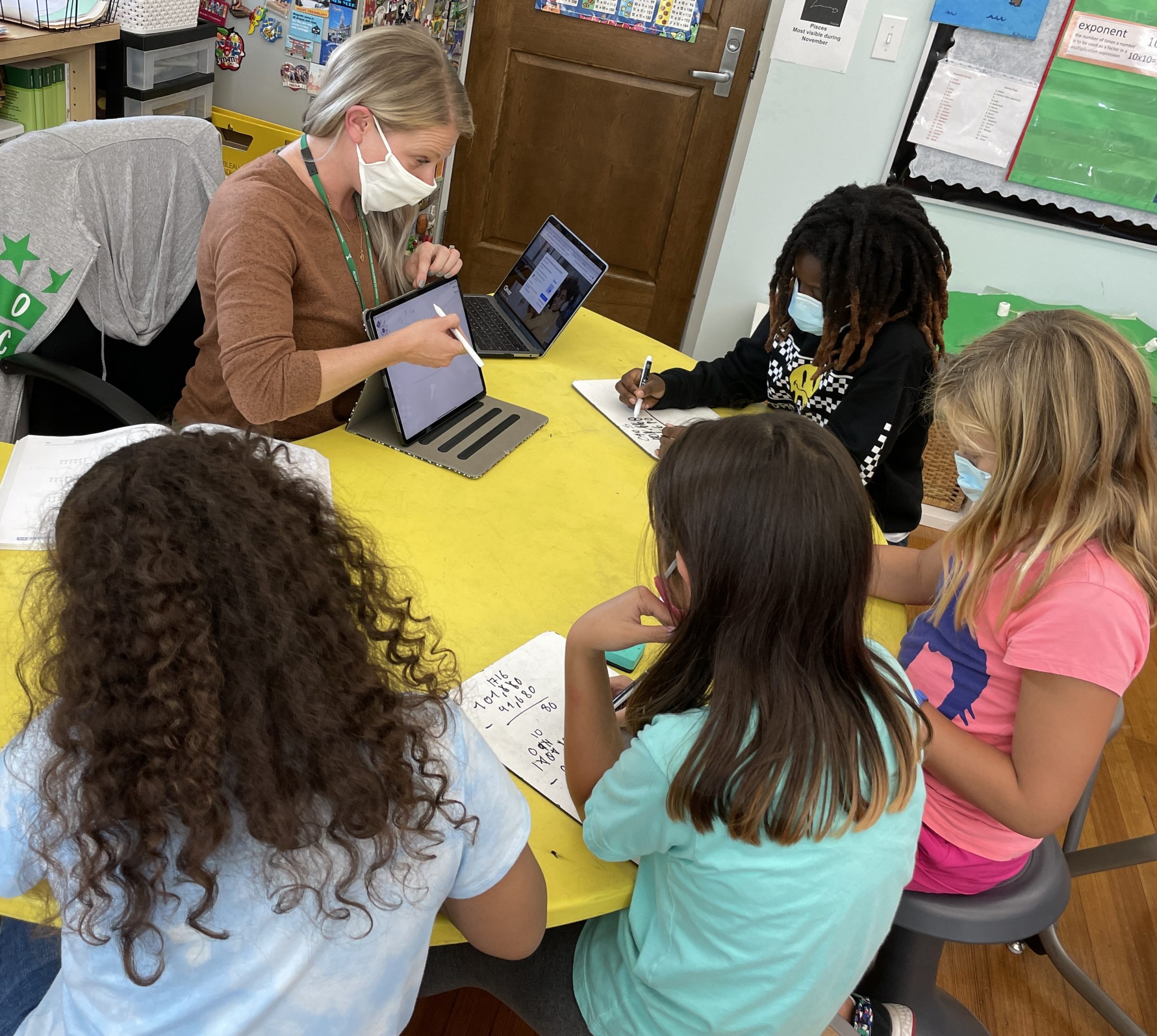
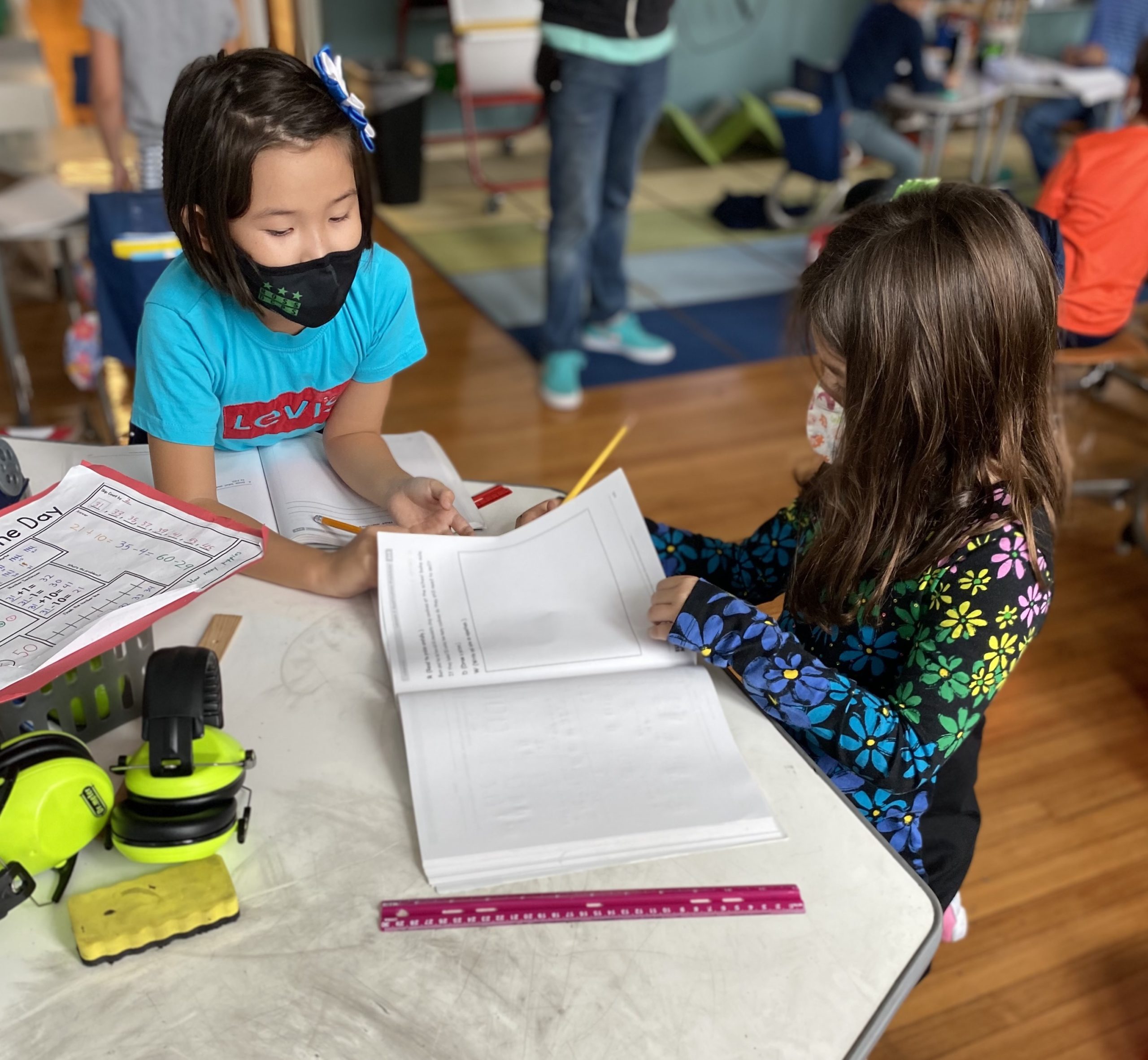
Eureka Curriculum
DCPS uses the Eureka Math curriculum to teach the Common Core State Standards. This curriculum is “thoughtfully constructed and designed like a story, Eureka Math is meticulously coherent, with an intense focus on key concepts that layer over time, creating enduring knowledge. Students gain a complete body of math knowledge, not just a discrete set of skills. They use the same models and problem-solving methods from grade to grade, so math concepts stay with them, year after year.” (GreatMinds.org)
Supporting Your Mathematician at Home
DCPS Programs through Clever:
First in Math (great for fluency), iReady Personalized Instruction (based on your child’s individual needs), Zearn (aligned to Eureka Math)
Skills to practice at home:
- Counting objects in a set
- Skip counting (2s, 3s, 4s, etc)
- Counting by tens from a number not ending in 0 (example, 5, 15, 25, 35…)
- Basic Fact Fluency for each of the operations
- Addition/subtraction within 20
- Multiplication/division with factors to 12
- Telling time on digital and analog clocks
- Using multiplication/division/fractions in the kitchen
- Measuring cups/spoons
- Cutting things into equal parts
- Sharing something equally among family members
